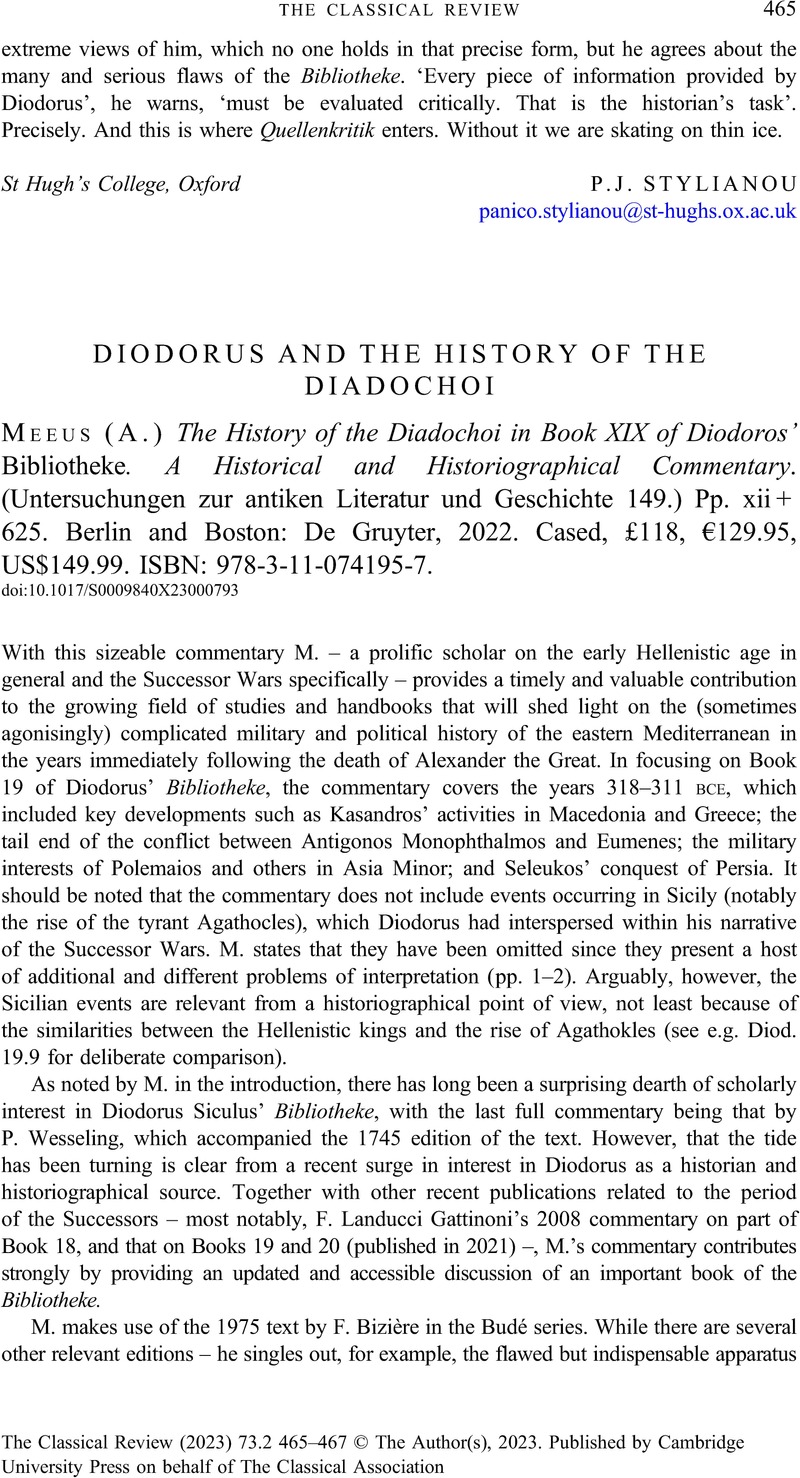Crossref Citations
This article has been cited by the following publications. This list is generated based on data provided by Crossref.
Kazem Maher, Dr. M.D. Rafaa
2024.
The Wars of the Diadochi: The Fragmentation of Alexander's Empire.
International Journal of History and Archaeology Research Studies (IJHARS),
p.
10.




